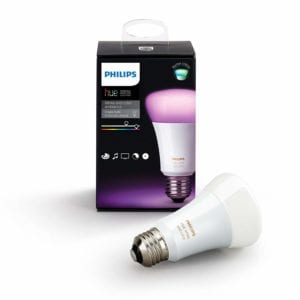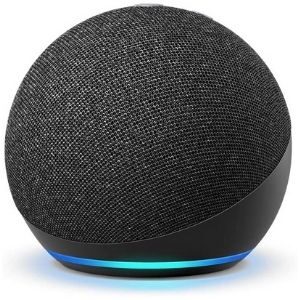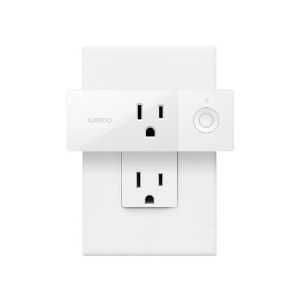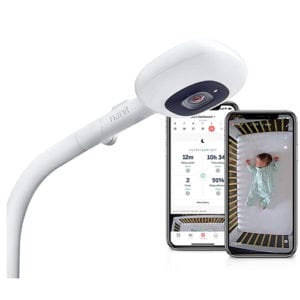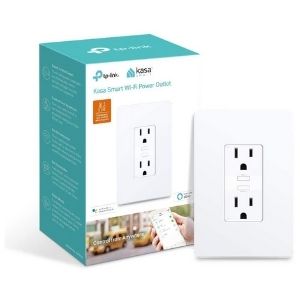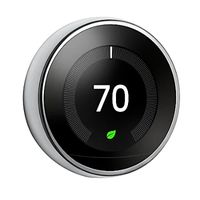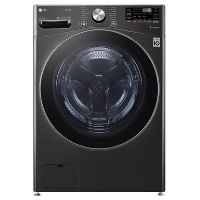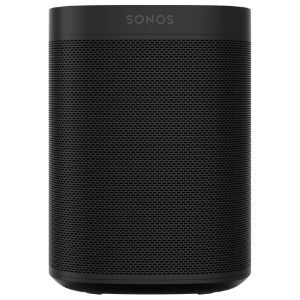Room-by-Room Guide to Home Automation
Now that smart home devices are more affordable and easier to install than ever before, you might want to expand your home's collection of smarter technology. It helps that smart home products can control just about everything in your home . . . except your kids.
With this in mind, we put together a room-by-room guide to home automation and recommend the best smart home devices to help you make your life easier, safer, and more energy efficient.
Home automation for every room
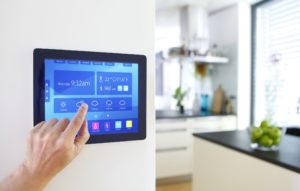
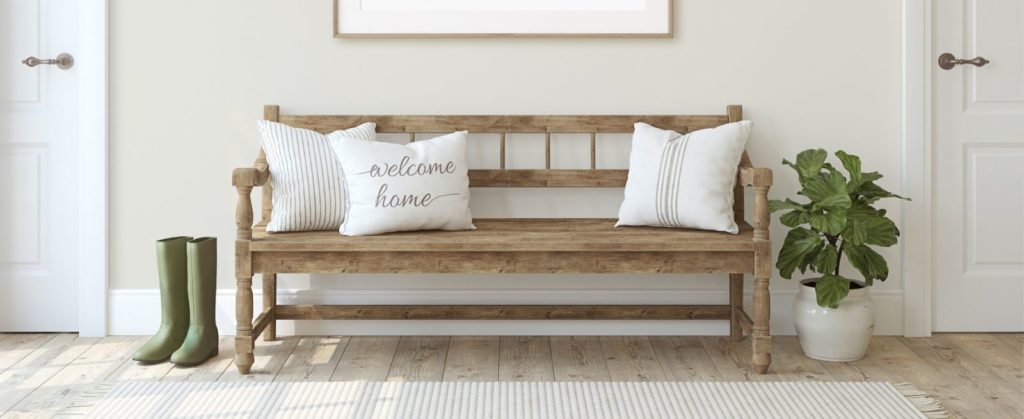
Entryway
Forgetting your keys is a huge hassle, and that nagging worry about whether or not you locked the door when you left on vacation can ruin an otherwise relaxing trip. A smart door lock, like the Schlage Encode, not only keeps your home safe—it gives you quick access and lets you rest easy.
Some smart locks look like regular deadbolt locks but with Bluetooth or Wi-Fi capability. Other locks have touchscreen keypads to give you a high-tech look and the convenience of a backup code. You can set your lock to sense your smartphone so it automatically locks the door when you leave and unlocks it when you get home.
You can also set rules for your lock, like programming it to arm your security system whenever the door locks. And you can control your lock remotely so you can lock or unlock the door for a neighbor, whether you're across the world or snug in your own bed.
Learn more in our smart locks review.
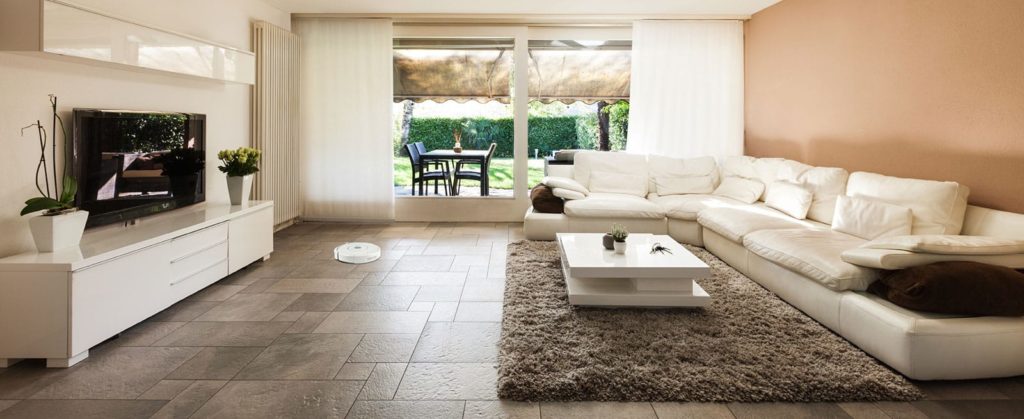
Living room
Turning lights on and off isn't exactly a major inconvenience, but smartbulbs offer quite a few surprising benefits for your home and your wallet. Smart lightbulbs last 10 times longer than regular bulbs, and they only consume 8.5 watts of electricity as opposed to the 60 watts eaten up by conventional bulbs.
Smart lights like Philips Hue lightbulbs are easy to install—it's as simple as changing out a lightbulb. Once your new light is in, you can use your smartphone to change the color, dim it to your desired brightness, or have it turn on and off at certain times of day.
The scheduling option puts your lighting to work as a safety feature as well because having lights turn on and off throughout the evening can trick potential burglars into thinking someone is home even when the house is empty.
You can also switch on your front porch light and the path lighting before you leave the office so you're not fumbling around in the dark when you get home.
With a smart home hub you can set your TV’s recording schedule, manage your stored programs, and decide where to watch them—all from your smart speaker or phone.
Learn more in our smart hubs review.
More living room home automation ideas
- Entry sensors: Door and window sensors will tell you immediately if a door is open or ajar and will work with your home security system to alert your alarm company in the event of a home security breach.
- Robotics: Teach your home how and when to clean itself by integrating robotic technology—like pool cleaners, window washers and robot vacuums like Roombas—into your home automation system.
- Motorized Control: Anything that moves can be controlled through home automation. Adjust the curtains, shades, or blinds to keep the late afternoon sun out of your eyes without getting up. Fold up your Murphy bed without having to bend or stoop over.
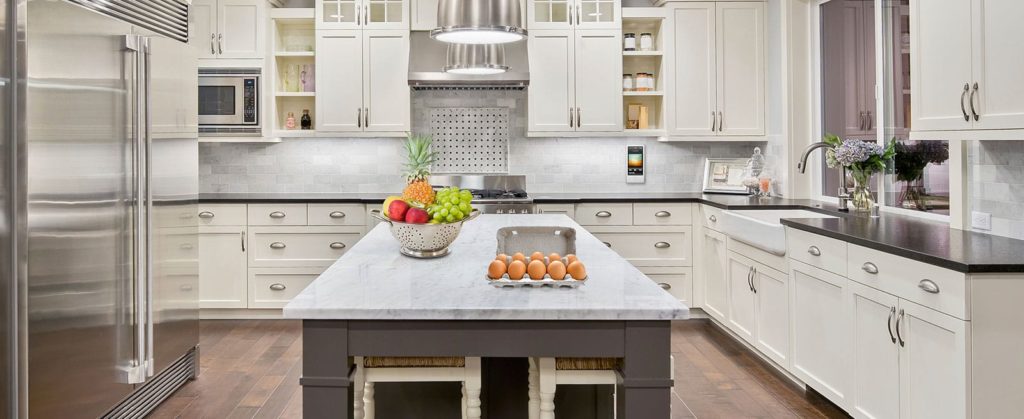
Kitchen
If your household is like most, your kitchen is probably a common gathering place. So it's a perfect location for a smart speaker like an Amazon Echo Dot or a Google Nest Mini.
These affordable devices can help you operate other smart devices in your home using voice commands, but they also offer nifty features all on their own.
If you're baking and you use the last of the sugar, there's no need to stop what you're doing to make a note. Simply say, "Alexa, add sugar to my shopping list." The next time you're at the store, pull up the Alexa app on your smartphone and you'll see everything you've added to your shopping list.
You can also use your smart speaker to play music, make phone calls, listen to news, check the weather, help you get answers to important questions ("Alexa, why is the sky blue?"), set timers, play games (Jeopardy is one of our favorites), and more.
Check out our guides to the three most popular smart home platforms and their voice assistants:
More kitchen home automation ideas
- Saving energy: Home automation is the perfect tool for managing your family's power consumption and making your entire home more energy efficient. Automatically switch off lights and appliances when not in use or during specific times of the day. Stop heating or cooling an empty house all day long and opt for a smarter approach to indoor climate control.
- Egg monitoring: Just how old are these eggs? Are they starting to go bad? A smart fridge or smart egg tray can track that for you, and you'll never wonder again.
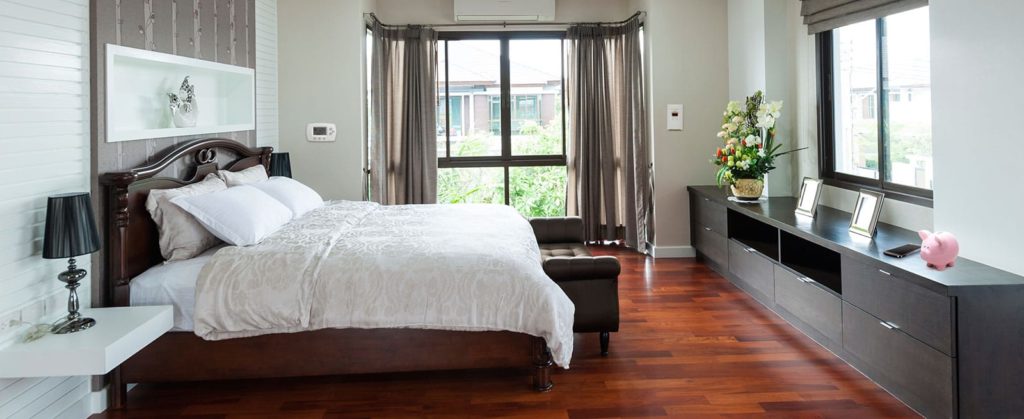
Bedroom
You can use your smartphone to control power to a smart plug, making smart outlets like the WeMo Mini an inexpensive, energy-saving device for any room.
If you don't want to swap out your regular lightbulbs for smartbulbs in bedroom lamps, smart outlets are another easy way to give you smartphone control over your lights. And if you connect the outlet to your smart speaker, you can enjoy the convenience of voice-activated light and appliance control.
Or maybe you want to use Christmas lights to decorate your room (instead of leaving them in a box all year)? Not a problem.
More bedroom home automation ideas
Music: With smart speakers like the Sonos One in different rooms in your house, maybe you want to listen to your favorite podcast in bed while your partner rocks out to their favorite music in the kitchen.
Smoke and carbon monoxide detectors: Your home automation system can sniff out smoke and detect increased levels of carbon monoxide in the air and set off an alarm if you're in danger. A smart CO detector is a far more reliable method than the old, standalone detectors from the hardware store. Likewise, you'll never have to worry about the smoke alarm failing (or chirping you awake in the middle of the night) because of a dead nine-volt battery.
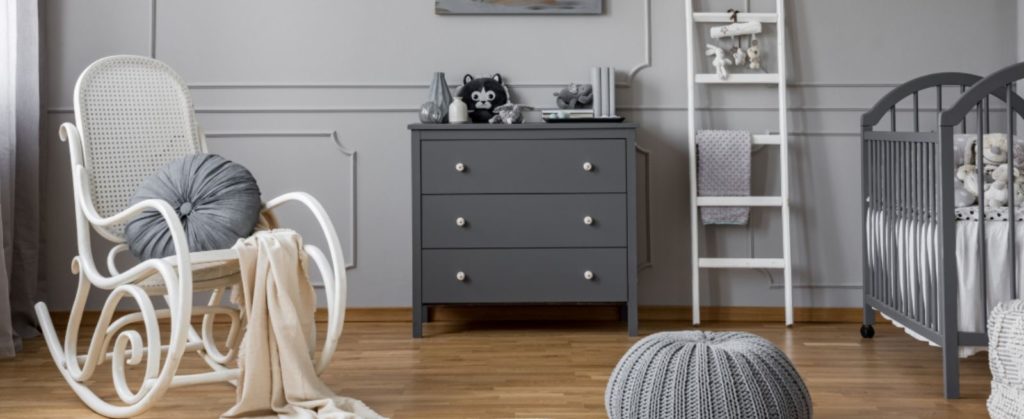
Nursery
If there's one good reason to make our homes smarter, it's to protect our kids. Baby monitors have progressed quite a bit from their grainy beginnings. Nowadays, they’re hi-tech marvels—like the Nanit Pro—that not only offer live video but can also provide night vision, two-way talk capabilities, temperature sensors, and even sleep-tracking for your kiddo.
No more rushing into the nursery at the first sound of crying—with a smart baby monitor, just pull up the app on your phone and take a peek into the nursery.
You can check on your baby and see if they need your help or if they’re just fussy and trying to settle down. As an added bonus, you can use saved video footage to capture great shots of your little one and share cute moments with family and friends.
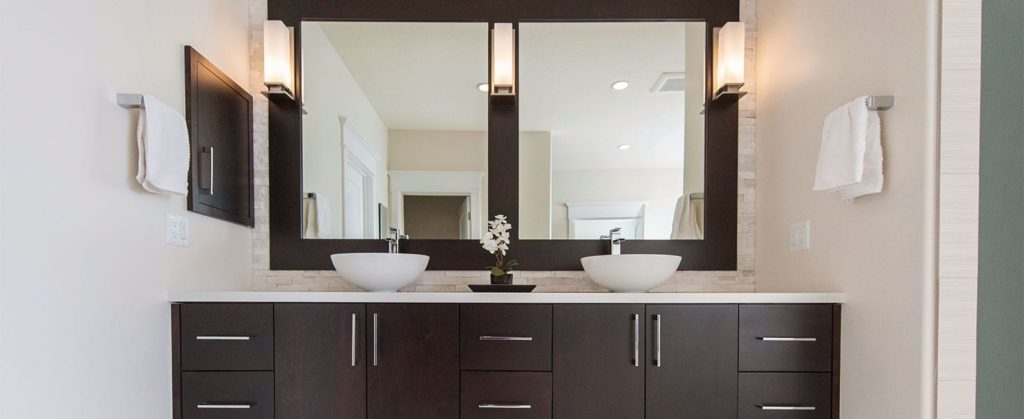
Bathroom
If you've never been halfway to work and wondered if that flat iron is still plugged into the outlet, you might be interested in learning more about smart outlets.
Smart outlet controls like Kasa Smart allow you to integrate any of your home's older lights or appliances into a new automation system. Turn lights on and off remotely. Manage smaller, window-style air conditioner units. Monitor the amount of energy these appliances use, so you'll know whether it makes sense to upgrade to more energy-efficient models.
Hallway
Amazon.com list price as of post date. Read full disclaimer.
One of the first smart home devices on the scene was the smart thermostat. And while it may be old news, it’s still one of the smartest investments you can make for your home.
You can program your air conditioning and heating systems to use less energy during certain hours of the day, like while you’re away at work or while you’re sleeping. You can also program the thermostat to know when you leave the house by attaching rules to it like, “If the security system is set to ‘away,’ raise the thermostat to 80º F.” (In the summer of course—80º F is a bit steep for an empty house during the wintertime.)
A smart thermostat is a truly convenient way to save time and money—and leave a lighter carbon footprint.
The Google Nest Learning Thermostat is still one of the best on the market. It’s easy to use, and its motion sensor detects when people are around, so it even does some of the programming for you by learning your normal daily schedule.
The first few weeks after it’s installed, you can manually adjust the temperature to your comfort level. After that, it will use the patterns it detected during the learning period to start adjusting the temperature automatically.
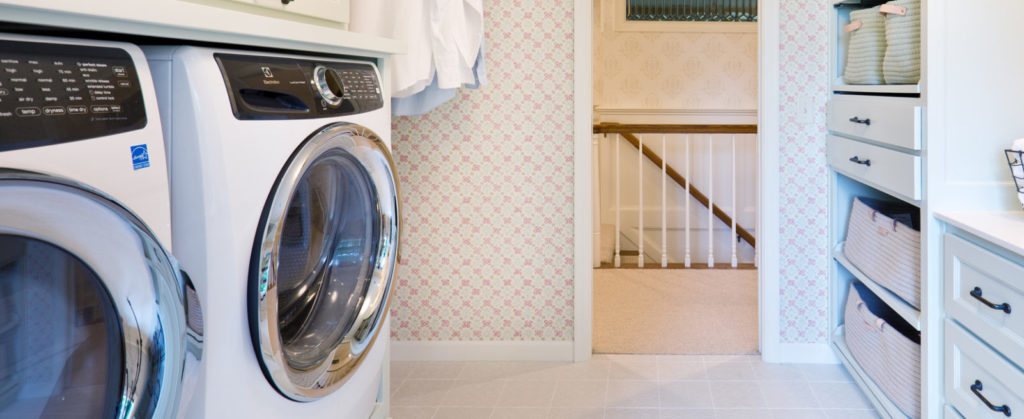
Laundry room
You open the washing machine to put in a new load and the odor of mildewed clothes hits you: you realize you completely forgot to switch the previous day's wet load to the dryer. You sigh, restart the washer again, and hope you don't forget it this time.
If this sounds familiar, a smart washer could be the perfect solution. Smart washers not only alert your smartphone when they finish a load and remind you to switch it to the dryer, but they also sense the size of the load and adjust the detergent and water levels accordingly.
Smart washers like the LG WM4200HBA have even more handy features like specialized cycle settings and a speed-wash setting that only takes 15 minutes.
Another great feature is the LG ThinQ app and its ability to communicate with the washer to help you troubleshoot problems and come up with a diagnosis—potentially saving you some pricey service calls.
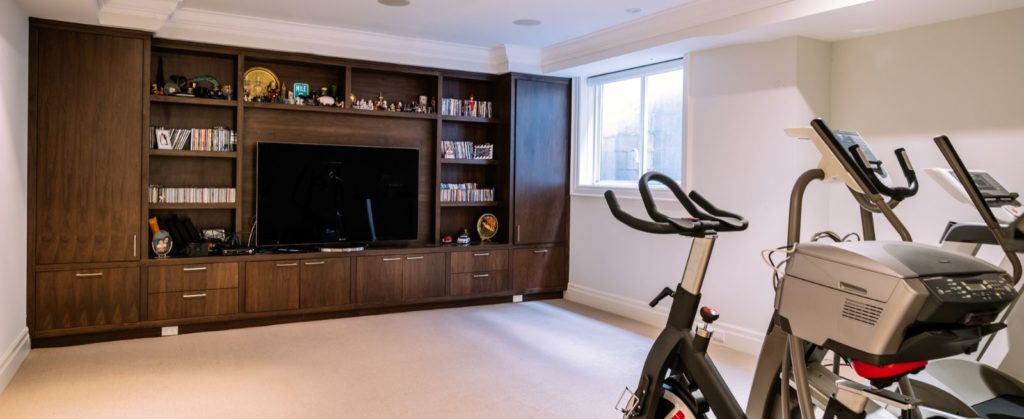
Basement
Amazon.com list price as of post date. Read full disclaimer.
Anyone who has ever dealt with a basement flood due to a burst pipe or a faulty water heater knows that it's not easy to recover from. Water leak sensors (also called flood sensors or moisture sensors) can help you worry less and may even stop a leak from turning into a flood.
Not only can excessive moisture in your home lead to structural problems, but it can also contribute to the growth of mold, which can cause major health problems in some people. Moisture sensors—like Resideo—can alert you to standing water and persistently damp areas in places you wouldn't notice them, like inside the walls.
Placed near the floor, these sensors can detect the presence of water and alert your phone. More importantly, they can be connected to other smart devices in your home, like a Dome Water Shut-Off Valve, and automatically send an alert to shut off the water in case of a leak.
You can also connect the sensor to your smart lights upstairs, setting them to flash if a leak is detected, so you'll be alerted to a problem even if it happens in the middle of the night.
More basement home automation ideas
Glass break sensors: Are you sure you'd hear it if an intruder broke a downstairs window to get inside? Your home's glass break sensors will make sure you know all about it the moment it happens—and so will the police once your security system gets the word out.
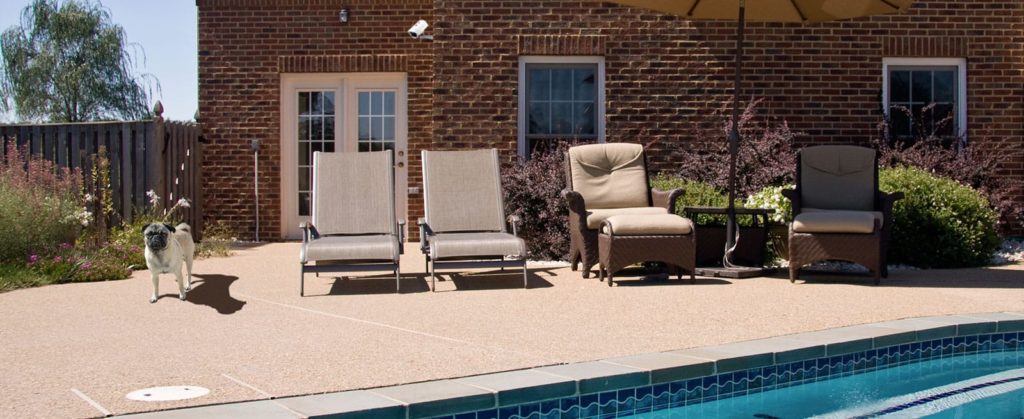
Backyard
Was that a burglar or just a raccoon? Check the outdoor security cameras—like Arlo Pro 4—via your tablet or smartphone and find out, without getting out of bed. Or check the interior cameras to look in on the place when you're away.
More backyard home automation ideas
Pets: Your pets should enjoy the benefits of home automation as much as you do. Connect a food dispenser to make sure they're always fed on time. Set up a schedule for locking and unlocking the pet door to keep unwanted critters out. Install a pet camera and know by just checking your phone whether they're in the house, out in the yard, or digging up the neighbor's flowers.
Pool safety: Adjust the pool lighting before you take that late-night dip. Easily and automatically manage the pH level. And pool motion sensors help keep small children safe by alerting you whenever something—or someone—falls in.
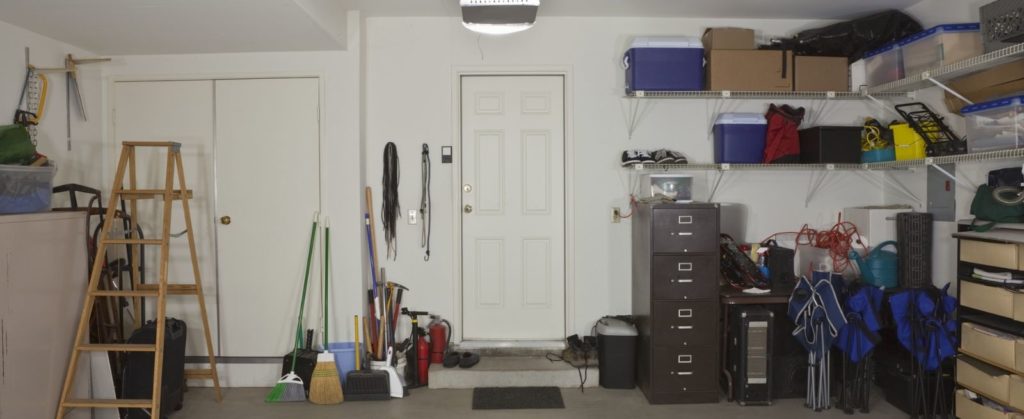
Garage
Like a front door lock or a heat-styling tool, a garage door is another part of your home you don't want to worry about when you're out and about.
A smart garage door opener (or a controller like the Chamberlain myQ) with Wi-Fi lets you see if your door is open or closed, and you can operate it remotely from anywhere with a Wi-Fi connection.
You can also set it to alert you when the door opens and closes so you’ll know when family members come and go.
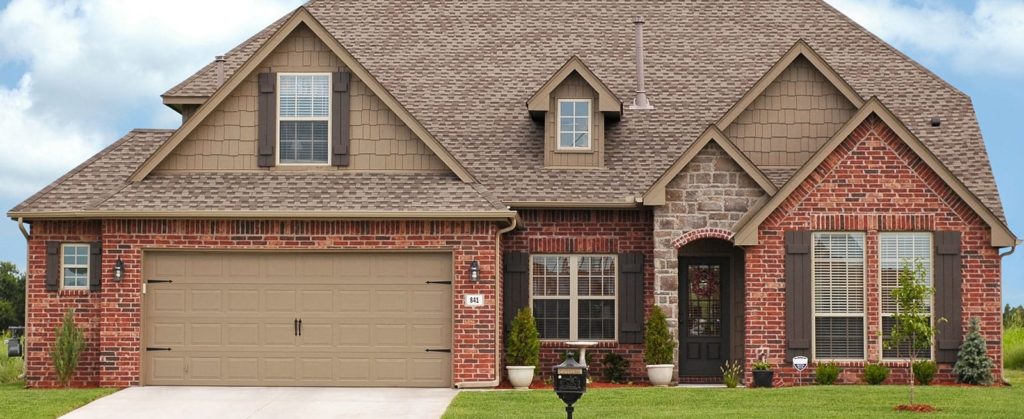
Exterior
Amazon.com list price as of post date. Read full disclaimer.
With doorbell cameras—like the Ring Video Doorbell—you can see who's at the door before you answer it, receive a package delivery, and never get stuck talking to a door-to-door vacuum cleaner salesman again.
Read our full Ring doorbell cam guide to find the best model for you.
More exterior home automation ideas
Sprinkler control: Wise water management can help save you money—and if you live in a drought-stricken area, it might even be mandatory. Home automation lets you turn your sprinklers on and off remotely, from inside the house or across the country.
Check your water usage levels whenever you like. You can even add outdoor moisture sensors so your system will always know when the yard needs watering—and when it doesn't.
A brief history of home automation
1930s: Debut at the World's Fairs Chicago and NYC
1970s: Invention of X10—the first home automation platform
2020: Estimated overall market value of $78.3 billion
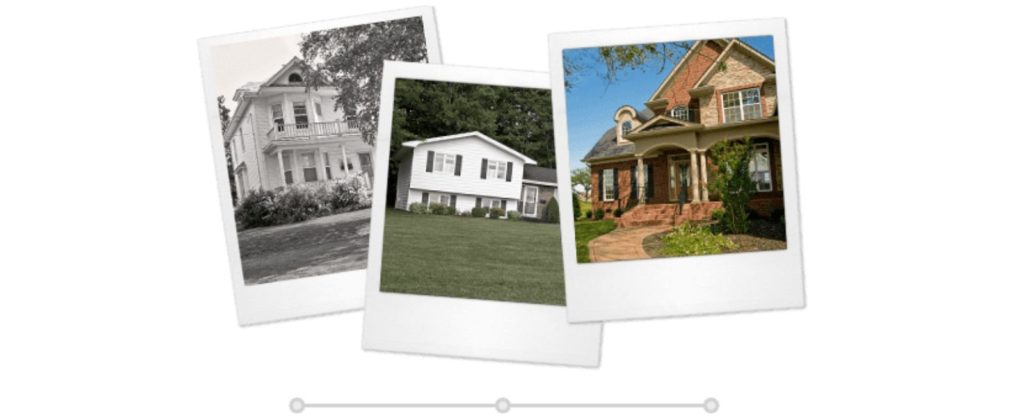
The idea of managing all the functions of a home with a centralized control system dates back to at least the beginning of the 20th century. The earliest working prototypes of automated houses debuted in the 1930s at World’s Fairs in Chicago and New York City, but those homes were never intended to be commercially available.1
It wasn’t until the invention of the microcontroller during the 1970s that marketing a fully-wired, “smart” home automation system became economically feasible with the X10 platform.
With the growth of computer technology over the last 20 years or so, the home automation industry has taken off.
- In 2012, the estimated value of the home-automation market was around $3.6 billion.2
- Smart-home device sales doubled the following year3, with 1.8 million new system installations nationwide.4
- The smart home market in 2020 was worth $78.3 billion. Some analysts expect the estimated overall market value to reach as much as $135.3 billion by 2025.5
Final word
The best thing about smart devices is the opportunity to make your home work for you, whether you're at home or away. Imagine coming home after a long day at work, having your door automatically unlock when you approach, your security system disarm, and the lights come on, welcoming you in with a warm glow.
The temperature is just how you like it, and you ask Alexa to play some soothing music while you relax. When it's time for bed, a simple voice command locks the door, arms the security system, and turns out the lights, and you can rest well knowing you've built a smart home system that fits you like a glove.
How we chose the best smart home devices
To bring you information about the best smart devices for your home, we researched the wide range of smart home devices available, talked with smart home device experts, and drew on our own experiences with smart technology. Visit our methodology to learn more.
FAQ
A hub is ideal to ensure a smooth installation and setup of your smart home devices because it uses Zigbee and Z-Wave. But you can also use standalone Wi-Fi devices that link to cloud system like Alexa or Google Assistant.
Whenever shopping for new smart devices, it's always a good idea to check their compatibility with what you currently have in your home.
The hub you choose—or whether to use one at all—is a matter of personal preference and compatibility, but if you're starting from scratch, we like the Aeotec Smart Home Hub. It runs using the Samsung SmartThings platform and app because it's certified to work as SmartThings hub.
It supports several different protocols, including Zigbee and Z-Wave, making it compatible with a wide range of smart product lines (including Ecobee, Philips, Nest, Schlage, Yale, and Chamberlain).
If you already have at least one smart device in your home, keep in mind that it may be compatible with that device: Amazon Alexa and Google Assistant devices are great examples of this.
Here at SafeWise, safety is our top priority, so we recommend starting with smart security products.
Most smart security systems can double as a smart hub for your home, so they're a great place to start. Check out our reviews of the best smart home security systems to see which ones we recommended for most folks.
Related articles on SafeWise
Sources
- National Park Service, "1933 Chicago World's Fair Century of Progress Homes," March 2020. Accessed October 18, 2021.
- Transparency Market Research, PR Newswire, "Home Automation Market to Surge to US$16.4 Billion by 2019: Transparency Market Research," October 2014. Accessed October 18, 2021.
- BusinessWire, "Research and Markets: Global Home Automation and Control Market 2014-2020," January 2015. Accessed October 18, 2021.
- My Alarm Center, "A Guide to Home Automation: Infographic," June 2015. Accessed October 18, 2021.
- ResearchAndMarkets.com, Business Wire, "$135.3 Billion Worldwide Smart Home Industry to 2025 - Featuring Schneider Electric, United Technologies & Amazon Among Others," July 2020. Accessed October 18, 2021.
*Product prices and availability are accurate as of the date/time indicated and are subject to change. Any price and availability information displayed on Amazon at the time of purchase will apply to the purchase of this product. Safewise.com utilizes paid Amazon links.
Certain content that appears on this site comes from Amazon. This content is provided “as is” and is subject to change or removal at any time.
†Google, Google Nest, Google Assistant and other marks are trademarks of Google LLC.
Compare the top smart home products
Data as of post date. Offers and availability may vary by location and are subject to change. SafeWise uses paid Amazon links.
†Google and Google Nest Secure are trademarks of Google LLC.
Recent Articles
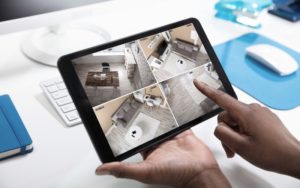



The post Room-by-Room Guide to Home Automation appeared first on SafeWise.
Article source here: Room-by-Room Guide to Home Automation

